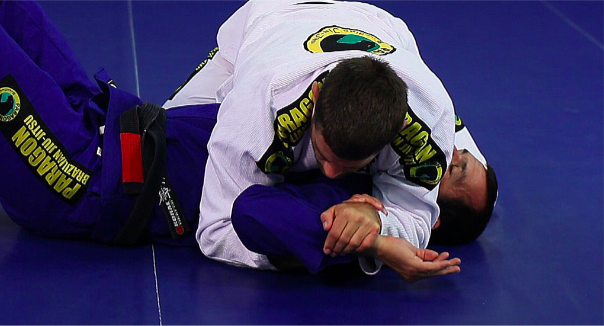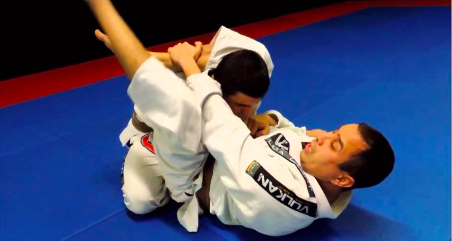Mobility for BJJ athletes
- Resistance Sports Science

- Mar 9, 2020
- 3 min read
Updated: Aug 1, 2022
The importance of mobility for BJJ Athletes.
It's application to performance, injury mitigation and longevity will hopefully connect with any individual currently participating in BJJ.
BJJ is a sport where people are trying to submit their opponent. To achieve this, you either put them in a choke or a joint lock. Joint locks are achieved by taking your opponent’s joint to its end range and pushing it further until the person cannot bear it and taps.
Mobility isn’t just flexibility. It is having strength and control throughout range of motion, especially end range. For performance understand that mobility is useable range of motion or AKA active. The advantages of mobility are easily explained through submission techniques but are present throughout all aspects including the capacity to sweep, improve position and escape. Let’s take the triangle choke. The person executing the choke has their choking leg in hip external rotation whilst the other leg secures the positions. Some techniques to secure the position involve the person grabbing their
ankle and pulling their choking leg deeper into external rotation before securing it. If you trained your hip to be stronger in external rotation it will allow you to use your hand to either better secure the head of the opponent or maintain a grip on their wrist to prevent them from defending. Increasing your control of your opponent increases the conversion rate of submission.
Injury mitigation is best seen when you are being submitted. Obviously, the best way to stay injury free is to tap early. Regardless, improving the capacity of the joints will increase what your body is capable of being exposed to. Using the Americana & Kimura as examples your shoulder is driven into internal or external rotation. You can train your shoulder to rotate further and be stronger throughout that entire range (Especially end range). When a person attempts a submission your shoulder is better suited and has a greater capacity to deal with the load. Which means previously someone’s submission technique was 110% of your shoulder capacity, injury has now occurred. Or after mobility training it is now 80% of your shoulder’s capacity, injury is now prevented.
This provides another example of its connection to performance. With a mobile shoulder you’ll be able to slow down the onset of your opponent’s submission providing more time and potential for you to defend and escape the position.
For BJJ depending on the capacity of your joints, this will dictate as to how long our body can withstand the stress of the sport. One major concern is the loading the sport places on our spine. Many different positions such as are being stacked or when our posture is being broken inside the guard, our spine is taken out of the neutral position. Our spine has 24 vertebrae and it is quite common in our population that people have the inability to express movement at each single joint. Meaning most people have a
collective chunk of their spine that acts as one bone which places excessive load at the hinge points above and below rather than an evenly distributed load.
Our body is capable of dealing with this excessive stress because our body is robust but it cannot take this repetitive load for years on end, sooner or later your body is going to throw in the towel and you wont be able to do the sport you love. Mobility isn’t just being flexible and getting into crazy positions, it is owning your current body, being strong throughout your entire range of motion and having CONTROL. Having control of your spine and being able to segment at each vertebra will allow you distribute the load you are placed under.
It's important to note, that mobility is only one small cog which is required to be successful at BJJ. For a holistic approach to your training and health of your body it cannot be neglected. This combined with repetition/consisting of technical training and genuine strength training will combine together to create an imposing BJJ athlete!







Comments